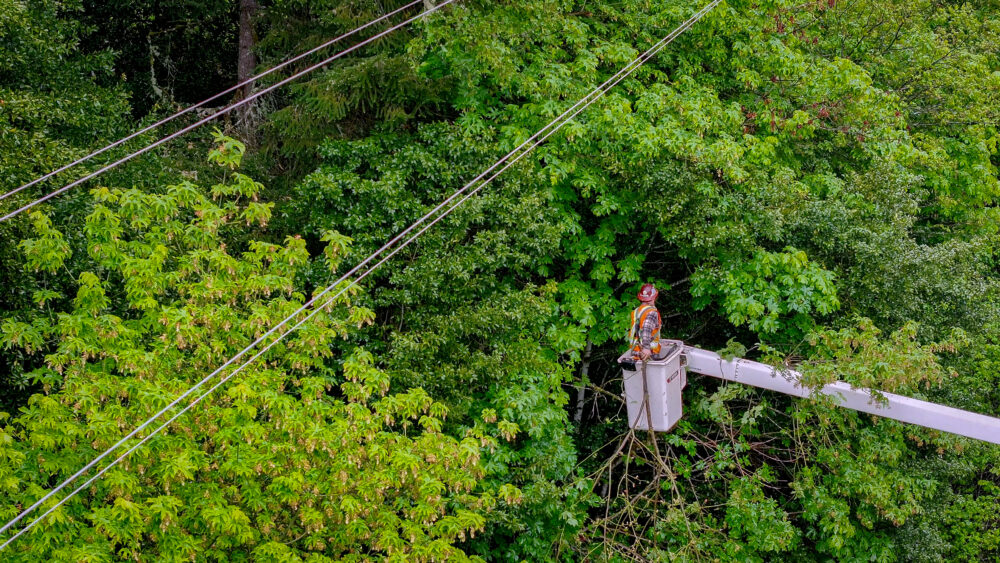We have much more to do and your continued support is needed now more than ever.
Green Equity Is Mission Essential
 Simone Lightfoot heads up regional urban initiatives for the National Wildlife Federation (NWF) Great Lakes Regional Center. She integrates the work of the NWF with the region’s urban green efforts including air and water quality, sustainability, climate change, solid and hazardous waste, recycling, environmental justice, water conservation, invasive species, aged infrastructure, mass transit, wind energy, community college trainings and new economy jobs.
Simone Lightfoot heads up regional urban initiatives for the National Wildlife Federation (NWF) Great Lakes Regional Center. She integrates the work of the NWF with the region’s urban green efforts including air and water quality, sustainability, climate change, solid and hazardous waste, recycling, environmental justice, water conservation, invasive species, aged infrastructure, mass transit, wind energy, community college trainings and new economy jobs.

As a sister girl from Detroit – 12th st., Linwood and Grand River area – I experienced massive culture shock going off to the military after high school.
Serving under Daddy Bush the first time the U.S. went into the Middle East, I shared my living quarters with a white roommate from Minnesota. During the winter months – while barely clothed – they would park the thermostat between 62˚- 65˚ F. I on the other hand would huddle in the corner of the couch layered in long johns, a robe and thick socks. Their daily hair washing left my bi-weekly attempts frequently without shampoo. I drank whole milk, they drank 2%. I sopped my biscuits in butter and Alaga syrup, they chose plain. I listened to Run DMC, they liked Bruce Hornsby and the Range.
Throughout the military our differences were plentiful but the one thing each soldier had in common was “the mission”, it came first. Though not everyone had the role of leading the mission, every role was mission essential.
Across the Great Lakes region, every urban center is essential to our collective green success as we look to double exports, rely less on carbon, manufacture clean technologies, build greener communities and create employment. Jobs like installers, line workers, electricians and pipe fitters, green entrepreneurs, urban planners, sustainability systems developers, recyclers and wind turbine fabricators.
The Midwest region is rich in opportunity to capture a leading green role. Consider just a few of the many things we have to offer. The global trade networks, with Dayton, Detroit, Indianapolis, Grand Rapids, Toledo and Youngstown are among the country’s to 20 metro areas with metro output exported abroad.
We have the research capacity of 15 major public and private research universities and manufacturing know how to build a clean low-carbon and clean energy economy. Michigan, Ohio and Illinois are among the top states in green tech patenting. Be it battery technologies, hybrid systems or fuels cells, not to mention wind energy, solar renewable component manufacturing or our blue waterways.
Even with all of our assets, historic challenges with race, class and equity remain. Our green discussions, plans and projects must include and provide opportunity for urban center residents at all income levels, to obtain the education needed to work and create good paying jobs with benefits. We have the chance to leverage our needs and assets with a new level, depth and type of engagement that aligns federal, state and local policies with philanthropic policies and investments. This will better position the region to successfully compete with the realities of a changing world.
Essential to the success of this work is how urban centers and people of color are factored in. Our quest for regional green equity requires elected, selected, anointed and appointed policy makers be future focused. They must think technically, act consciously and have a transparent commitment to oversight and inclusion. Our regional vision must connect our priorities, policies, investments and infrastructure with the urban realities on the ground. Only then can we consider the mission of achieving regional green equity a success.





















